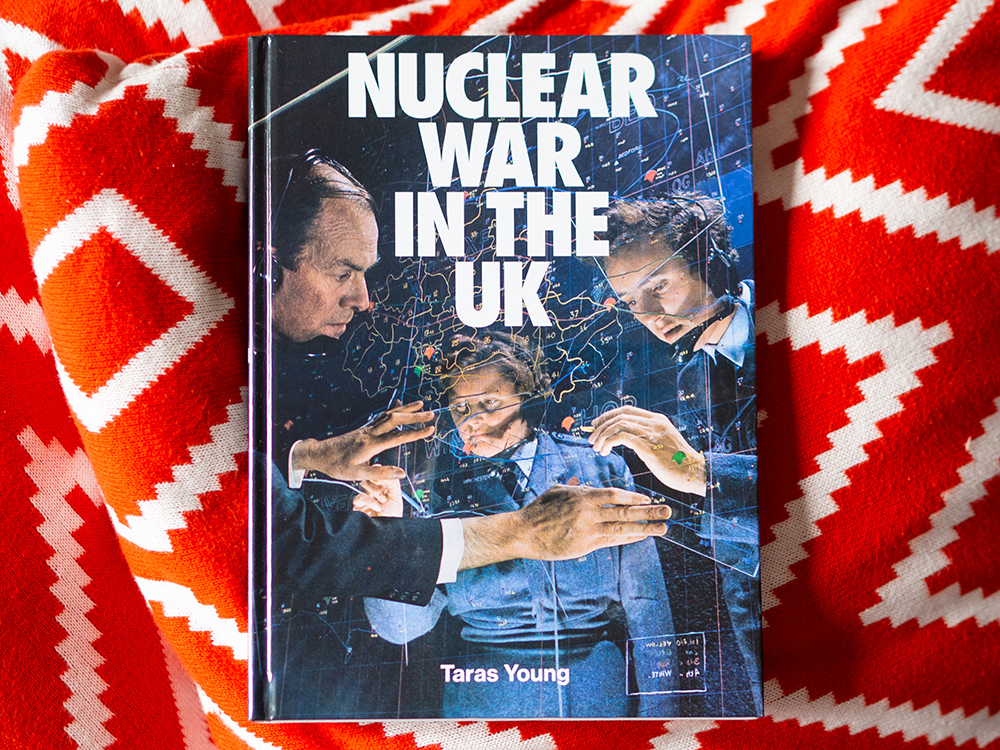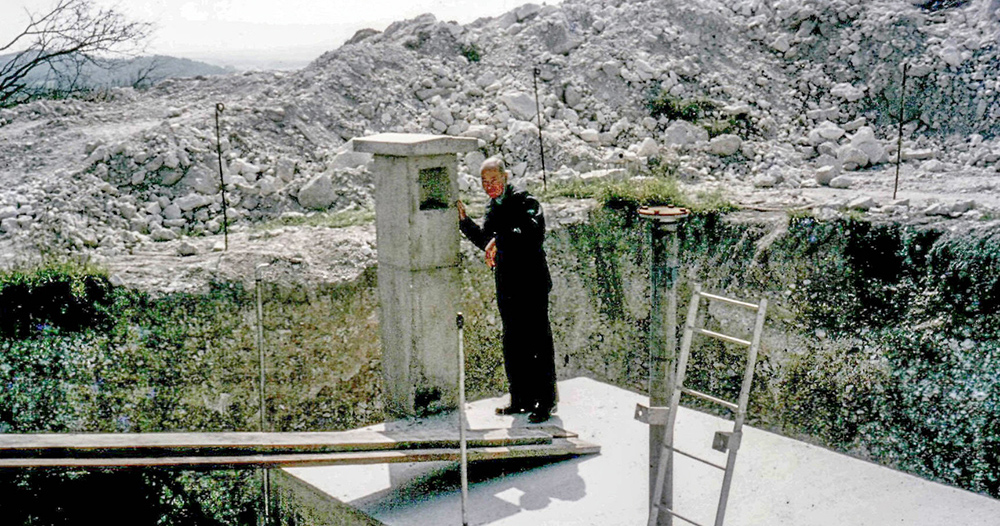Some exciting news! If you follow me on Twitter, you’ll already know that I have a book coming out this week.
For a long time, I wondered whether anyone was going to create the book I wanted to see: a richly-illustrated, well-written history of British civil defence and our governments’ preparations for nuclear attack – equal parts interesting, horrifying and amusing. Eventually I realised that I was going to have to write it – and, several years of work later, here it finally is.
It’s called Nuclear War in the UK, and it’s a potted history of the booklets, pamphlets, leaflets, posters and other ephemera created by British governments in preparation for nuclear attack. It’s a lovely hardback book – the publishers, Four Corners Books, have a background in creating art books and have done an amazing job on reproducing the art brilliantly. Best of all, it costs just £10.
Continue reading this article…



